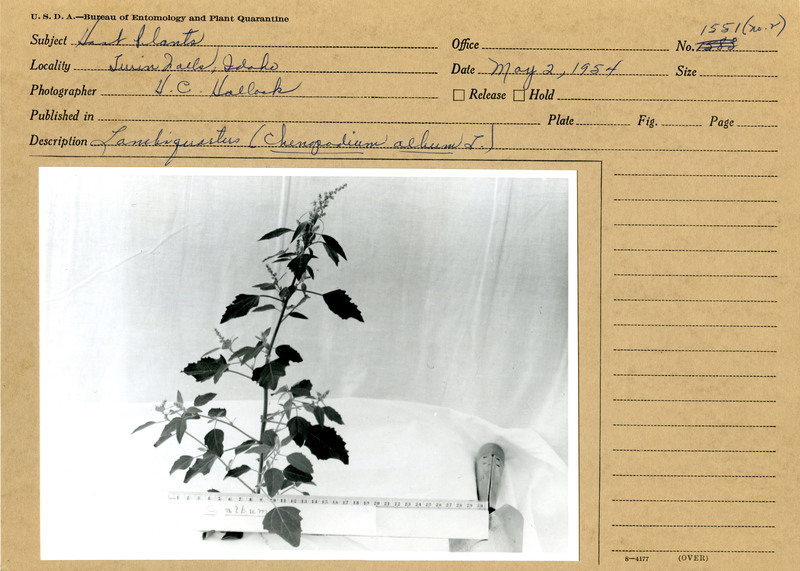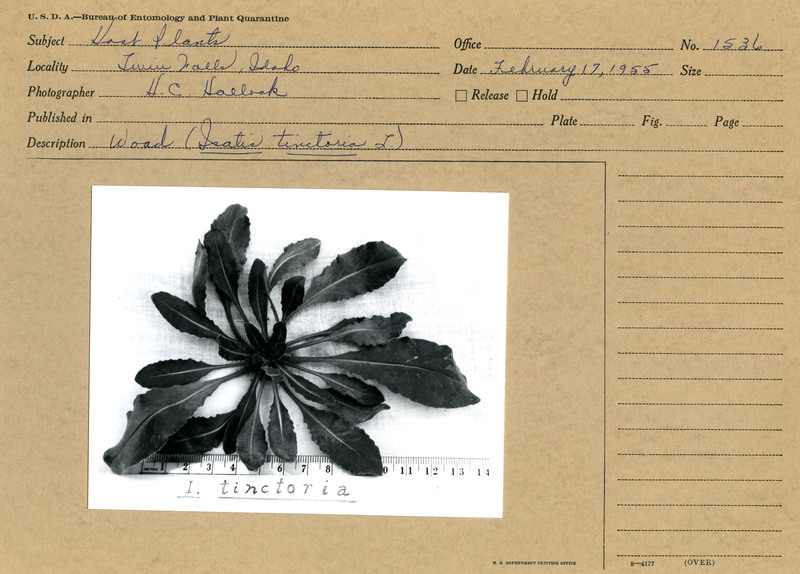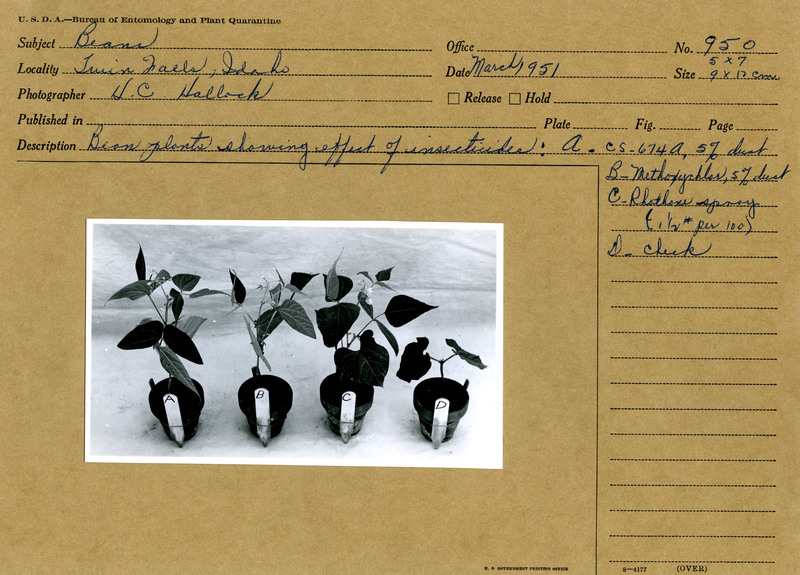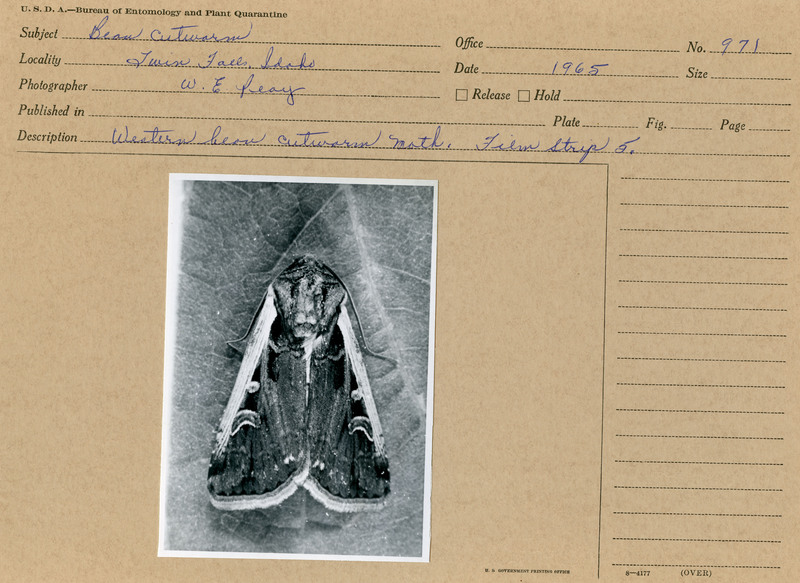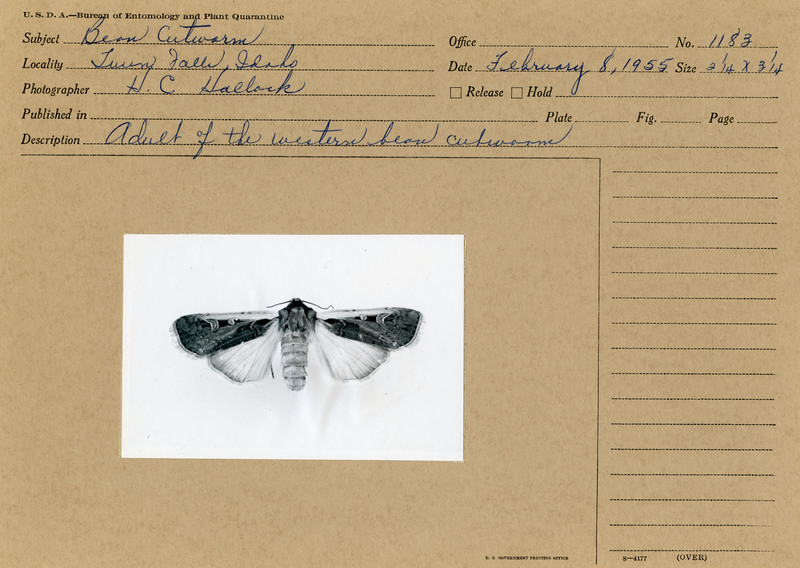Post written by Kate Morrison, 2024 Strong Fellow.
Since its inception in 1889, University of Idaho has served the state of Idaho as a pillar of agricultural research and advancements. Passed in 1862, the Morrill Act established the U.S. land-grant system that would allow the federal government to use a portion of public lands to advance education in agricultural sciences. Through this system, with funding supplemented by the Hatch Act of 1887, states across the country opened experimental stations for agricultural research. The University of Idaho opened the Idaho Agricultural Experiment Station (IAES) just seven months before the first classes would be held.
For over 130 years, IAES has had a mission of improving Idaho farming practices, developing crop varieties, and making advancement in crop protection and disease control. The establishment of this research station gave hope to the predominantly rural community of Idaho in the late 1800s and early 1900s. To aid the problems of more farmers across Idaho, research facility extensions were established in Grangeville, Idaho Falls, and Nampa. Robert Mikiken, the first director of the Idaho Agricultural Experiment Station, stated in an 1892 report this was a primary goal for IAES - “The work of the Station belongs exclusively to the farmers of Idaho. In this work the Authorities of the Station have but one end only in view, and that is the rendering of definite, practical assistance to the farmers of the State.”
With research focused on critical issues centered on food and energy sustainability, University of Idaho’s agricultural research has become a resource of local communities and farmers. Based at the University of Idaho College of Agricultural and Life Sciences (CALS), IAES now conducts research through nine Research and Extension Centers with 4,000 acres. The research from these facilities continues to support and aid farmers through crop and irrigation testing, improved crop breeds, pest control, and economic sustainability.
For a more detailed list of of materials in the collection, please visit the Plant, Soil, and Entomological Sciences records finding aid.
To view additional images from the Plant, Soil, and Entomological Sciences records, please visit the Plant, Soil, and Entomological Digital Collection.




